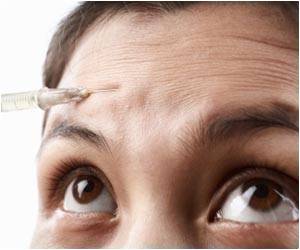In the modern era of aging populations and climate change, degenerative skin diseases affect one in three adults over the age of sixty.

"Our new application may jumpstart the secretion of new collagen and capillaries in problematic skin areas," said lead researcher Alexander Golberg from TAU.
Botox, which smoothes lines and wrinkles to rejuvenate the aging face has been the number one non-surgical procedure in the US since 2000. But injections of this toxic bacterium are only a temporary solution and carry many risks.
Current therapies to rejuvenate skin use various physical and chemical methods to affect cells and the extracellular matrix, but they induce unsightly scarring.
Pulsed electric fields, however, affect only the cell membrane itself, preserving the extracellular matrix architecture and releasing multiple growth factors to spark new cell and tissue growth.
By inducing nanoscale defects on the cell membranes, electric fields cause the death of a small number of cells in affected areas. The released growth factors increase the metabolism of the remaining cells, generating new tissue.
Advertisement
"In the modern era of aging populations and climate change, degenerative skin diseases affect one in three adults over the age of 60, this has the potential to be an healthcare game changer," Golberg said.
Advertisement
The findings were published in the journal Scientific Reports.
Source-IANS















